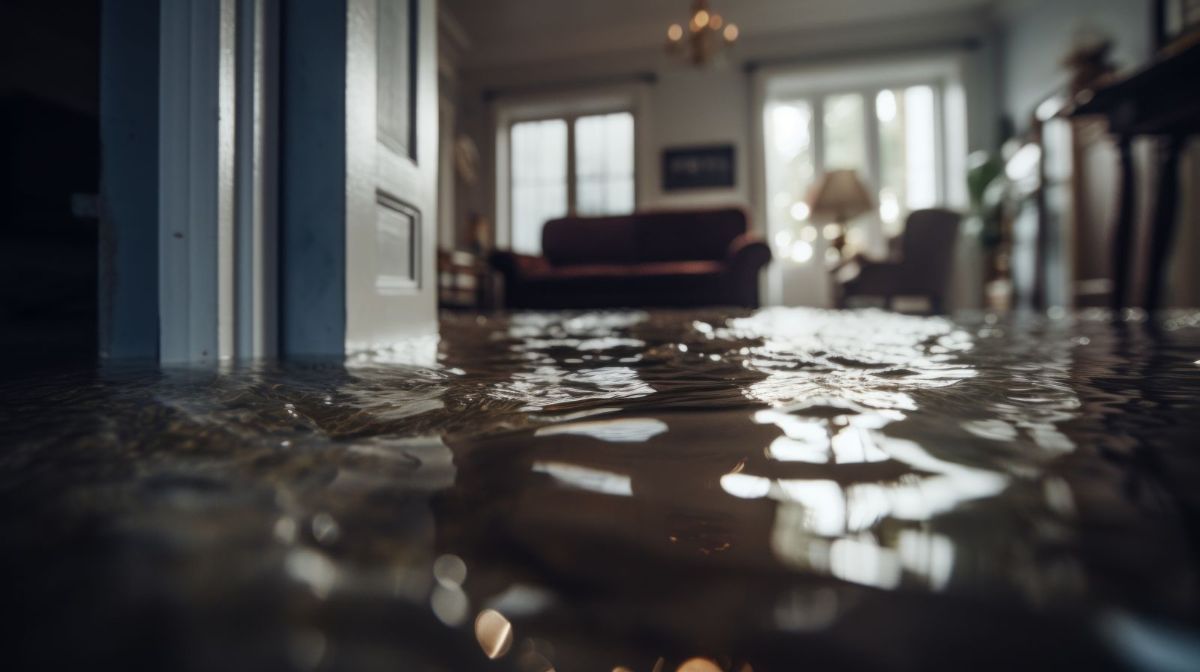Water damage is a homeowner's nightmare, capable of wreaking havoc on your property, causing structural damage, and leading to long-term issues like mold growth and compromised indoor air quality. When faced with water damage, a swift and organized response is essential to minimize the extent of the damage and ensure a successful recovery. In this article, we will provide expert tips on navigating the aftermath of water damage, helping you restore your property to its former glory.
- Prioritize Safety
Before you embark on the recovery process, ensure the safety of everyone involved. Turn off the electricity and gas to avoid potential electrical hazards. If the water damage is extensive, consider hiring a professional to assess the structural integrity of your property. Additionally, use personal protective equipment, such as gloves and masks, when dealing with water-logged areas to prevent exposure to contaminants.
- Identify the Source
Understanding the source of the water damage is crucial. Is it due to a burst pipe, a leaking roof, flooding, or sewage backup? Identifying the source will help you address the root cause and prevent future incidents. If the source is not obvious, consult with a professional to locate and rectify the issue.
- Document the Damage
Take photos and videos of the affected areas before you begin the cleanup and restoration process. This documentation is vital for insurance claims and can serve as valuable evidence of the damage's extent. Make sure to keep all receipts related to the recovery efforts for reimbursement.
- Mitigate Further Damage
Time is of the essence when dealing with water damage. Quickly remove items from the affected areas to prevent further damage. Dry out the space as much as possible, using fans, dehumidifiers, and open windows. This will also help reduce the risk of mold growth, which can occur within 24-48 hours in damp conditions.
- Contact Your Insurance Company
Notify your insurance company about the water damage as soon as possible. They will guide you through the claims process and help determine the coverage you have. Be prepared to provide documentation, including photos, receipts, and a detailed list of damaged items.
- Seek Professional Help
While some minor water damage issues can be addressed by homeowners, more extensive damage requires professional assistance. A water damage restoration company has the expertise and equipment to effectively address structural drying, mold remediation, and any necessary repairs.
- Assess Structural Damage
Water damage can weaken the structural integrity of your property. Have a professional inspector assess the damage to ensure the safety and stability of your home. They will identify any hidden structural issues that need to be addressed.
- Mold Prevention and Remediation
Mold can be a severe consequence of water damage. If you notice signs of mold growth, such as a musty odor or visible spots, consult with a certified mold remediation expert. They will assess the extent of the mold problem and develop a plan for safe removal.
- Restore and Repair
Once the affected areas are thoroughly dried and any mold issues are addressed, it's time to restore and repair your property. This may involve replacing drywall, insulation, flooring, or other damaged components. Ensure the restoration work is done by qualified professionals to guarantee the quality and safety of the repairs.
- Implement Preventative Measures
To reduce the risk of future water damage, take preventive measures such as regular maintenance of your plumbing and roofing systems, installing sump pumps in flood-prone areas, and ensuring proper ventilation in areas prone to moisture buildup.
Water damage can be a devastating and overwhelming experience for homeowners. However, with the right knowledge and a strategic plan, you can navigate the aftermath effectively. Prioritizing safety, identifying the source, documenting the damage, and involving professionals when needed are key steps in the recovery process. By taking a methodical approach to water damage recovery, you can restore your property and protect it from future incidents, ensuring the longevity and safety of your home

